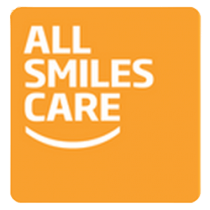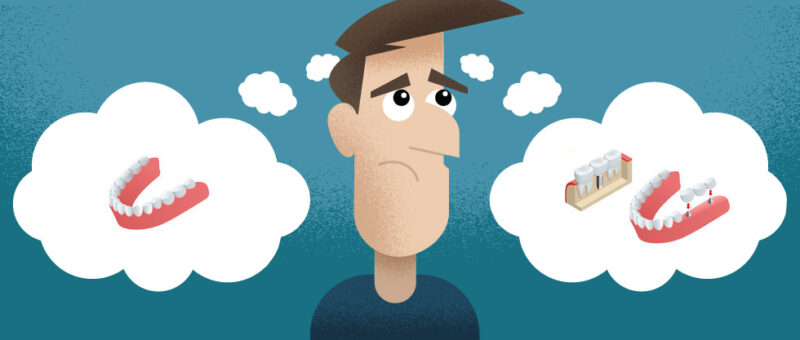What is a Gag Reflex?
A gag reflex occurs when the muscles in the back of your throat resist swallowing. Your body reacts to help prevent you from choking and swallowing things that could be potentially harmful. Gagging while receiving dental treatment is not a pleasant experience. Some people have a very sensitive gag reflex, causing this to become a regular occurrence while in the dental chair. Sometimes the reflex is physiological, while other times it is psychological (a memory of a prior bad experience or a panic that it may become difficult to breathe). Some people’s gag reflex is so strong that it becomes difficult to even brush or floss.
What Causes Gagging Reflex?
Your gag reflex can be triggered by a number of different stimuli, including:
- Touch
- Taste
- Sight
- Smell
- Sound
A stronger gag reflex can also be associated with a variety of conditions, including:
- Acid reflux or multiple sclerosis
- Stress
- Anxiety
- Panic
- Intense physical activity
- Strong or disagreeable odors
- Sensitivity oro allergic reaction to certain liquids or foods
Types of Gagging
There are two possible reasons for gagging: one is a physical trigger known as a somatogenic stimulus and the other is a mental reaction known as a psychogenic stimulus.
A somatogenic stimulus may be due to a piece of food or object that touches a trigger point in the mouth. This sends signals to the brain to activate your gag reflex.
A psychogenic stimulus is typically activated by an unpleasant thought or memory. Someone may become overwhelmed with a feeling of disgust, prompting them to start gagging.
Common Symptoms Of Gag Reflex
Once you begin gagging, it’s common for your body to experience additional symptoms, including:
- Creating excess saliva/drooling
- Difficulty swallowing
- Increased sweating
- Upset stomach/nausea
- Trouble breathing
- Heartburn
- Watery eyes
- Fatigue
- Fainting
- Panicking
How to Overcome Your Gag Reflex at the Dentist
According to a 2014 study, about 50 percent of dental patients say that they gag at least once when visiting the dentist. While it is impossible to completely eliminate a gag reflex, there are measures you or your dentist can take in order to desensitize your gag reflex.
1. Breathe Through Your Nose
When your mouth is open at the dentist, your automatic response is to breathe through your mouth. Mouth breathing is more likely to make you gag. To combat this, consciously remind yourself to breathe through your nose, which can keep you distracted and help lower your chances of gagging.
To make breathing through the nose easier, take a nasal decongestant before your dental appointment to ensure your airways are clear.
2. Numb the Throat
You can use an over-the-counter numbing throat spray an hour before your dental appointment. This works by numbing the soft palate so you can relieve the gag reflex. This may also help prevent your reaction to closing your mouth during treatment as well.
3. Don’t Swallow Saliva
It’s normal to produce excessive saliva when you’re at the dentist. However, attempting to swallow large amounts of saliva can lead to triggering your gag reflex. Your hygienist can take frequent breaks to suction the saliva out of your mouth with a suction wand to keep you comfortable throughout your appointment.
4. Use Stronger Interventions
If you have a strong gag reflex that is highly sensitive, you have a few different options. You can ask for nitrous oxide (a.k.a. laughing gas), which is a colorless gas that can help relieve anxiety and manage pain. It’s a mild sedative that most dentists have on hand in the office.
You can also request a sedation dentistry appointment where general anesthesia is deployed. This is sometimes used for patients with disabilities, dental phobias, and other special circumstances.
The use of NuCalm natural sedation is another form of sedation dentistry that is less invasive than the use of benzodiazepines. NuCalm brings the patient into a deep state of relaxation but has zero side effects so they can safely drive home after their appointment has ended.
5. Treatment Changes
The gag reflex is a very common problem in the dental chair. Most likely, you’ll require a personalized solution to meet your needs. Be open with your dentist and hygienist so they can find ways to work around it. For instance, the different placement of instruments, chair adjustments, or frequent breaks in treatment can make a huge difference.
If you’re getting x-rays, an x-ray machine without bite wings could help. The All Smiles Care team is equipped with this option, should you be interested. Simply talk with your hygienist to see if this option is right for you.
Try these tips and tricks the next time you are at the dentist to see if they help you get rid of your gag reflex.


